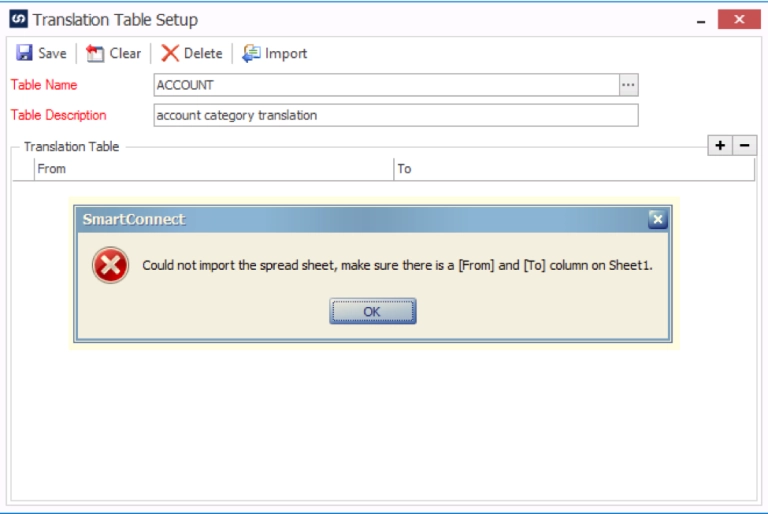Jim, a blazer-clad business man jogging on the moving sidewalk in the Denver airport spots a business acquaintance, Linda, a few feet in front of him. Head down with a furrowed brow, her thumbs speedily tap dance across her smartphone. She’s already sent three critical emails between gates 20 and 32 and forgotten what city her layover was even in. Overhead a robotic message shouts its warning the walkway is ending and alerts her to look up from her phone right as Jim is about to run by.
“Oh, hey Jim! Sorry I didn’t even see you – I was trying to get some emails out before I run onto my next flight. How are you?”
With the look of exhaustion and a loud sigh, Jim responded “you know, busier than ever.”
This may sound like a scenario you experience all too often in some way, shape, or form. Time is a hot commodity. There’s not enough time to go around. But is that really the case? In this three part series we’ll look at where all our time has gone, how to get it back and some practical applications for your business.
We’re required to do more with less.
The reality of our working world today is that employees feel responsible for increased production with fewer resources. In many industries, our economy has put a strain on the overall company budget, resulting in a strain on the number of employee hires. Though these companies are on a hiring freeze, leadership at the same places don’t limit the revenue projections. What results is a group of employees who feel forced to do more with less.
A good friend of mine was recently hired into a management position with his current employer and promptly given a new position start date – with the caveat that it would be a “soft start.” In other words, he’d be working his old and new position simultaneously for an undetermined amount of time. His first day on the job he raced from meeting to meeting and didn’t even have time to move from his cubicle to his new office.
There’s also the “feeling” of having to put in more time and jump in on project after project. Refusing to do so would show you’re not a team-player or a go-getter or a ready-leader. Long are the days when employees feel satisfied punching in at 8 and leaving at 5. Rather, there’s a feeling they need to come early and stay late to show just how “hard” they are working. (Be ready for part two next week where we discuss whether working longer translates into working smarter.)
We make the mistake of not prioritizing.
Sometimes our time issues fall on us. One of the quickest ways to lose your time is to spend it on the inconsequential, the stuff that doesn’t make a difference – but takes up our time. I’m the first to admit that I get a thrill from crossing things off my to do list without thinking about the content on my list.
One of the biggest time-stealing culprits is email. It’s the easiest thing to get lost in – you could spend your whole day reading and sending emails and feel like the busiest person in the world. Do you feel like email is driving your day to day? How is that working for you? What if something else drove our schedules? Email cannot be a judge of productivity.
We don’t use technology to our advantage.
Sometimes our habits feel like too much work to change. Perhaps there’s a way to automate a task, but rather than research and implement it – we just keep doing what we’re doing – though inefficient. As a result, our time is gone and we sit back at the end of the day and wonder just where it went.
Ask yourself “am I spending my time doing things that I know could be automated? Is there a piece of technology that could provide me an efficient way to get my project done? What’s stopping me from exploring this?” We’ll explore a few pieces of technology we think can really help you in the blogs to come.
We get validation from being busy.
As a young girl, I was part of the Girl Scout organization. You know them as the famous nonprofit that ruins your diet with their delicious cookies every year, however they have a ton of other activities they do to help girls experience personal growth. After completing certain activities (like selling cookies) each girl scout earns a badge that can be sewn on their uniform. Any time they are in their duds they can share just how much they have learned without saying any words; the badges speak for themselves.
Sometimes we wear “busyness” as a badge. After all, the busiest people are the most successful, the wealthiest, the most satisfied with life, right? Wrong. A laundry list of activities to complete and even check boxes next to them doesn’t necessarily mean we’ve done the right thing. We must ask ourselves if our to-do list is producing the results we actually desire or if it simply contains activities to make us look busy. Truly, busyness can be a sign of inefficiency, procrastination, an inability to prioritize or at the very least, an inability to say ‘no’ to something or someone. Tough to swallow, isn’t it?
Hear me – not everyone who is busy is in the wrong, however everyone who finds themselves perpetually busy should pause and examine if anything can change.
Time feels scarcer than ever. Much of that falls on the fact that we’re required to do more with less, however some of it falls on us. In the next blog on time, we’ll explore ways you can win it back!
Ready to win back your time? Check out part 2 here.

